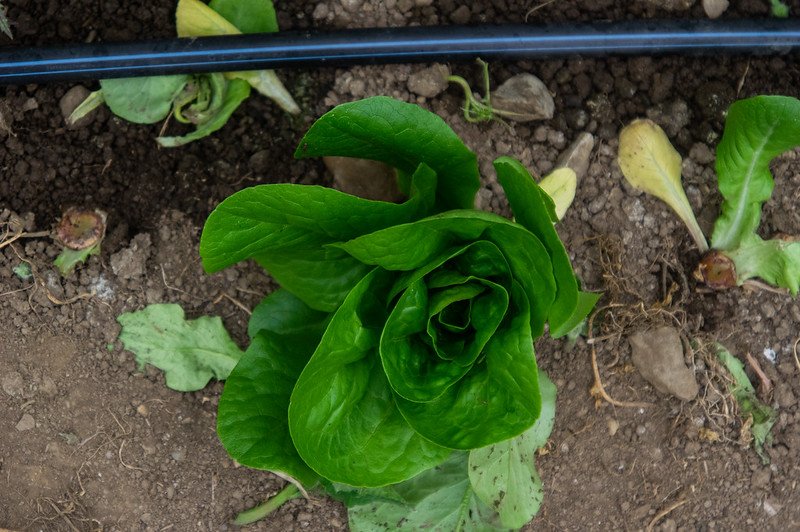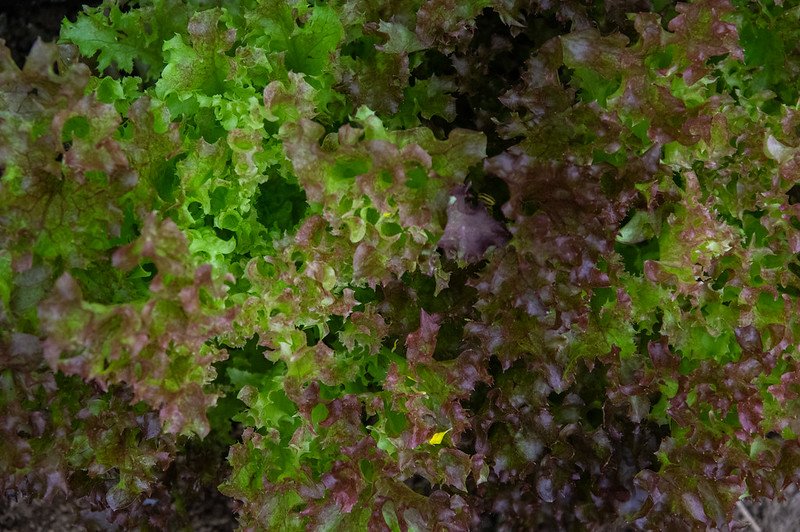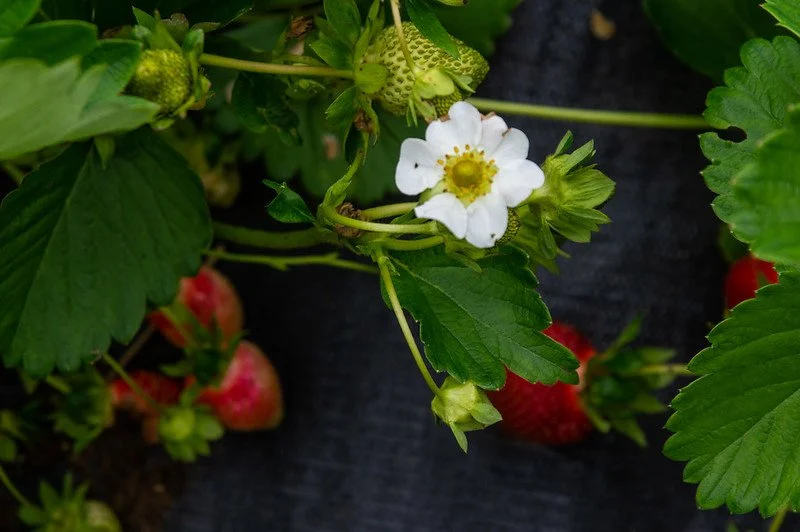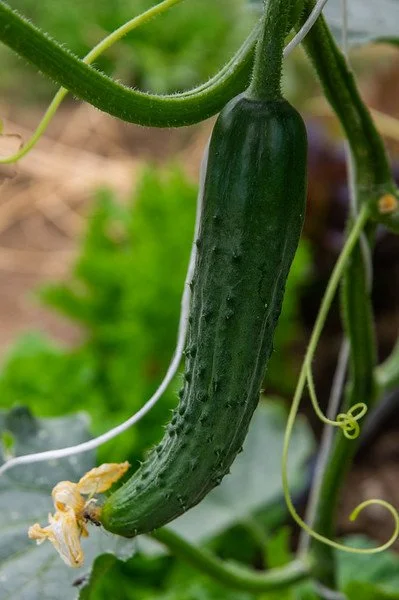2nd Week of the Summer CSA season: Week of June 13th
Cindy putting up the new “You are beautiful” sign, photo by Kara
Bryan putting on the new roof overhand over the ramp, photo by Cindy Keener
Many of the farmers on the team painted letters for the sign… because what is more beautiful than group art, photo by Adam Ford
CSA Balance Due
If you haven’t already paid, your balance is due. You can pay online through your account (with a card or e-check ACH payment), mail a check to Evening Song Farm 48 Nice Road, Cuttingsville VT 05738, leave a check or cash in the CSA cash box at the barn, send money with Venom @eveningsongcsa, or use EBT. It’s very cool to pay in smaller chunks, just let us know what your payment plan is.
pea trellis, photo by Adam Ford
red cabbage coming along! photo by Adam Ford
This Week’s Availability
This week we will have red radish bunches, salad turnips, fresh red beets with greens, baby lettuce, baby kale, lacinato kale bunches, mini Romaine heads, red oakleaf lettuce heads, green oakleaf lettuce heads, baby bok choi, spinach, mescun mix, pea shoots, rhubarb, winter chioggia beets, fresh oregano bunches, scallions, and strawberries!!
Strawberries are exciting, and we try to grow enough for everyone who wants them to get some each week of the season. Due to the costly nature of their production, strawberries are a double item, and at least this first week as they start to ripen, there will be a limit of 1 pint per share.
Ordering closes at noon on Tuesdays for Wednesday bags, and at midnight on Wednesdays for Friday bags.
You do not need to fill out the form if you plan to come to the barn on Tuesdays, Wednesdays or Thursdays to pick out your items yourself.
baby Romaine, photo by Adam Ford
red leaf lettuce, photo by Adam Ford
onions growing in the holes of landscape fabric, photo by Adam Ford
Farm News
This week we got many more transplants in: tomatillos, husk cherries, leeks, melons, outdoor sweet and hot peppers, eggplant, the latest planting of tunnel tomatoes, and more. And we kept up with the weekly field seeding. We continued to trellis the cucumbers and tomatoes. And Bryan and Cindy kept working away at many of the building improvements and repairs. It was my highlight to watch Cindy get our new barn art up. Next week we hope to get the last rounds of all the main season transplants in the ground, and then we will turn our attention to weeding.
If you were part of the spring CSA season, you may recall reading in a newsletter how I am part of a multi-year cohort, hosted by Vital Communities, of farmers and artists working to shift the narrative on farming as climate work. It’s been a really grounding program to participate in so far, blending my passions of farming, art, and climate work.
At one of the recent meetings, the group met with a facilitator from Action Circles in Montpelier to learn about the work they have been doing in the past few years assessing the current public narratives around farming and the climate crisis. (They analyzed various media such as news stories, blog posts, press releases, testimonies, handouts, etc to assess the current public discourse around farming.) After distilling their findings, they created new message frames to share with communities to change the story about farming and climate work. I thought it would be cool to share some of those message frames in this newsletter throughout the season. But to give better context to those message frames in future newsletters, it would be handy to have some insight into what Action Circles distilled from their assessment of the various media around farming and climate work. (Below are their words, my own in thoughts in italics.)
1. Farmers are portrayed as both the victim and the hero in the current story of farming and climate change in Vermont.
Farmers are on the frontline of dealing with the consequences of climate change, and therefore the current story talks about farmers as primary victims to the climate emergency. At the same time, the articles reviewed put farmers on a pedestal of holding the greatest potential for fighting climate change through regenerative agricultural practices.
(But we are just people hoping we all can keep living on earth.)
2. When farms are presented as the solution to climate change, it doesn’t serve farmers well. Farms that are held up as examples are often “bootstrap” stories, rather than stories about the system that forces farmers into commodity markets and certain agricultural practices.
This finding is related to #1, above, but focuses on the “hero” aspect specifically. The current stories about farmers who have built a sustainable farm business (both in terms of profitability and environmental) carry the assumption that every farmer could do this if they wanted to. The current story puts the burden to solve climate change on the individual farmer, which minimizes the need for systemic change.
(Farms need to be compensated for capturing carbon, preserving topsoil, maintaining waterways, preserving biodiversity, enhancing pollinator habitat, etc, versus have federal dollars propping up extractive commodities that are damaging all those collective resources. Our particular farm has only been able to prioritize some of the practices that address the climate crisis because we are active in looking for grants and assistance, and because of a supportive local community that financially supports our farm through the CSA and allows us to think long-term about our growing practices. Not every farm can make these choices within the current systems and prices for commodity crops.)
3. Farmers are seen as relatively helpless in the current story, and in need of technical assistance and expert advice in order to have a sustainable or viable farming operation.
In many of the articles reviewed, farmers being portrayed as the hero supposedly were successful because of external help - they were the beneficiaries of some scientific research or technology, which required an expert to help the farmer understand and/or implement.
(This particular finding feels like there is truth and partial truth here: Farmers can be incredible smart, clever, people with a WIDE array of knowledge, because this work demands that we know about quite a lot of things: soil health, water movement, weather patterns, plant biology, local ecology, trade skills, machine maintenance and operation, business and marketing, computer skills, communication, to name a few… so yeah, farmers come to the table with plenty of knowledge. BUT, we also learned or augmented many of these skills because we have worked with many experts: smart folks from UVM extension, technical service providers through organizations like NOFA-VT, machine operators, college professors, foresters, ecologists, more experienced farmers, etc. So this particular finding strikes me as a both/and. Thank goodness for the experts we have access to.)
4. There is a lot of romantic imagery of farmers and farm landscapes in the current story, but little farmer voice. The narrative of the current story is largely coming from the non-farmer experts, with many direct quotes and actual names of experts in the field, while farmers were a more general, anonymous group being referred to.
(We kind of have the opposite happening here in these CSA newsletters, though!)
5. In the current story, local food is held up as the answer without addressing the need for a food system that supports everyone having access to local food.
The current story encourages everyone to buy local and organic, but rarely acknowledges the systemic barriers that prevent people from doing so. There is a greater focus on needing to educate consumers about the health and environmental benefits of local and organic food, rather than focusing on affordability and the true cost of growing food.
(Amen to this. I am sure if local food were financially and logistically available to everyone, more people would choose it. The burden can’t be on community members who can’t afford to purchase local food to make “better decisions”… we need to change the system that makes food produced thousands of miles away often cheaper than food grown in the same town as you.)
6. The current story tells us that problems related to climate change are solvable, we have time to fix them, science is the answer, and specific agricultural practices can help.
The current story carries a can do! attitude, which again shifts the responsibility to fight climate change to the individual, rather than focusing on the bigger, more urgent problem which is the capitalistic system we are all operating in.
(I have that optimism that the world has time to science our way out of this… and this farm will keep sowing every diverse cover crop of our dreams to get there, but it will take more than our 4 little acres of veggies to solve this.)
So, there you have their analysis of 2+ years of media around farming and climate work. Next week I will share one of the new message frames they created to start shifting these narratives.
Have a great week,
-ESF Team: Ryan, Kara, Molly, Cindy, Galen, Katie, K2, Taylor, Vanessa, and Bryan (and Sky and Soraya)
Weekly Recipe
bird netting protecting the straberries, photo by Adam Ford
trellised cucumbers, photo by Adam Ford
look at them turning red!, photo by Adam Ford
They will be ready so soon! photo by Adam Ford
carrot green tops, photo by Adam Ford
old mesclun mix going to seed, photo by Adam Ford
the broccolini has been slow, photo by Adam Ford
cute little flower hanging on, photo by Adam Ford
our biggest field weed, photo by Adam Ford
drip irrigation on a roll…. we pull so much of this for the plants in the tunnels, photo by Adam Ford
beautiful cover crops… I see all that green as future quality soil, photo by Adam Ford
mowing is a way we minimize field rodent habitat around the veggies, photo by Adam Ford
cucumber tendrils climbing the trellis strings… I find plant tendrils to be incredibly amazing evolutionary developments… what incredible independent climbers, photo by Adam Ford
call us bad farmers or suckers for insect habitat, but it’s hard to remove milkweed from the growing fields, photo by Adam Ford
tomatillos transplanted! photo by Adam Ford
irrigation fittings, photo by Adam Ford
emptying out the old shop space to eventually expand the CSA pickup space, photo by Adam Ford.
this over wintered leek got missed during harvest last year , photo by Adam Ford
Cindy and Katie chatting at the end of the work day, photo by Adam Ford
while trellising tomatoes this week, I realized tomatoes ask us to do all their trellising work… they haven’t evolved any of their own tendrils to do their own climbing, what’s up, tomatoes?! photo by Adam Ford
crimson clover is a standard cover crop we grow around here, and it’s also gorgeous in bouquets, photo by Adam Ford
head lettuce and scallions, photo by Adam Ford
shop through a motorcycle mirror, photo by Adam Ford































